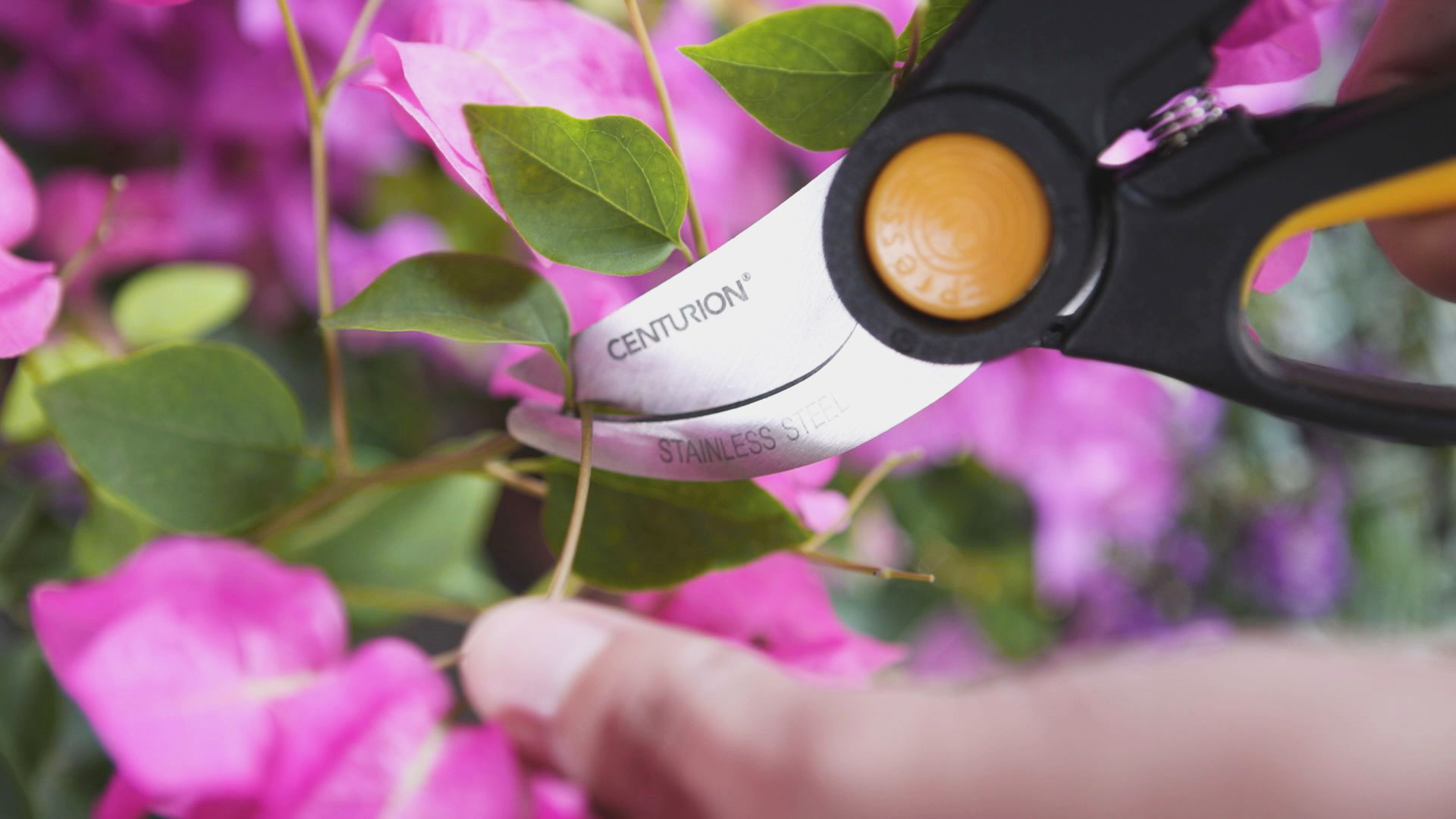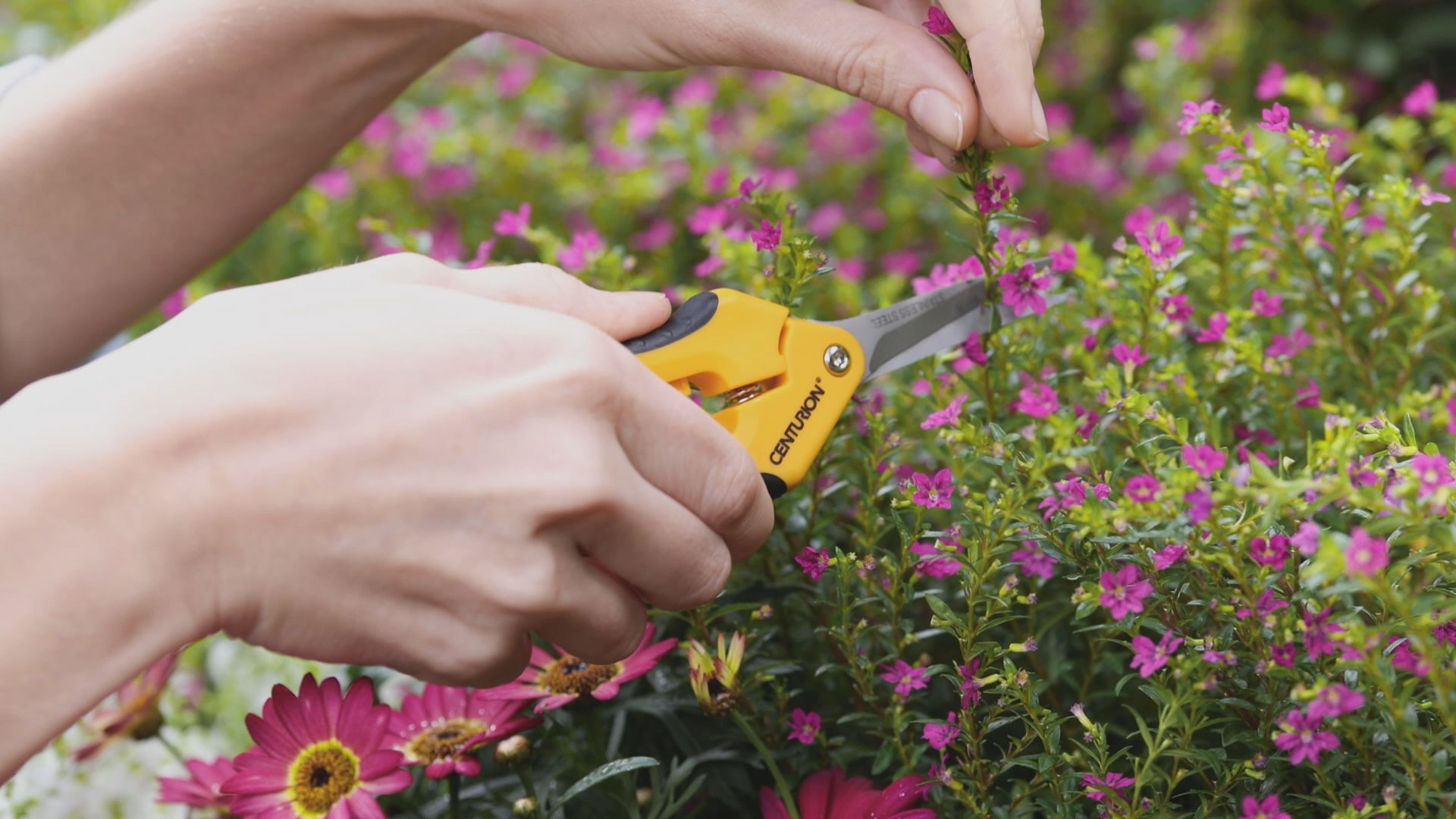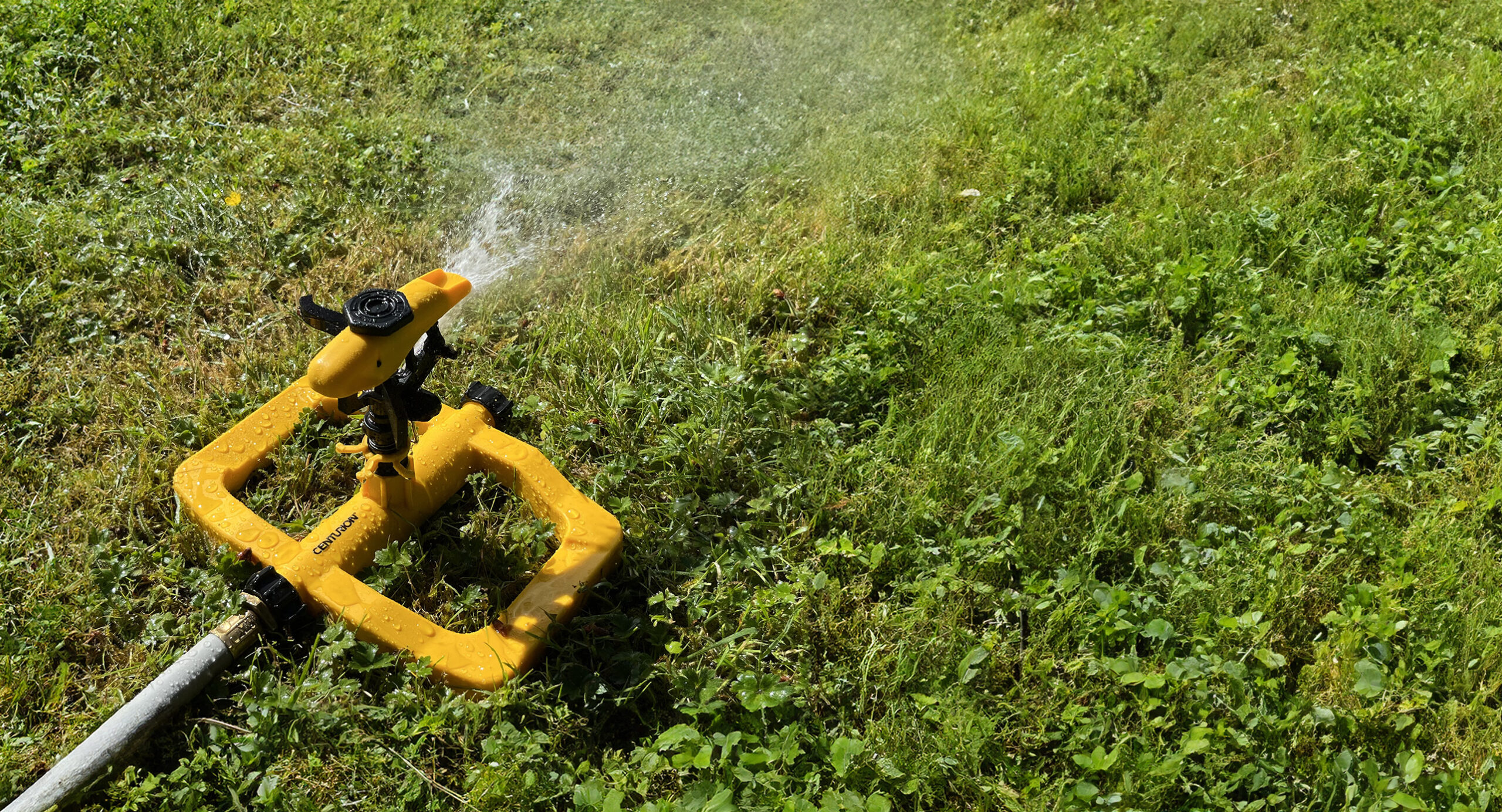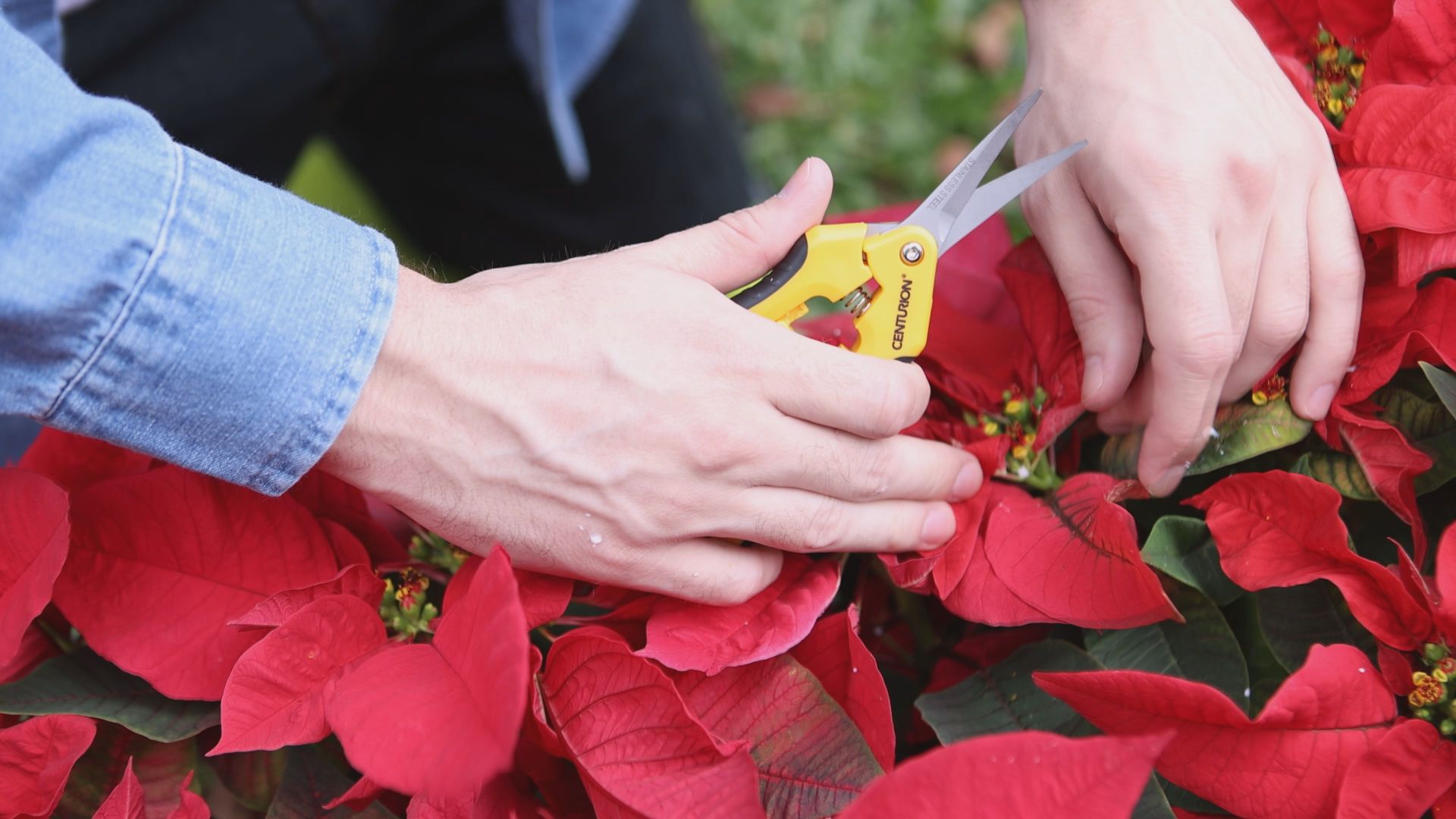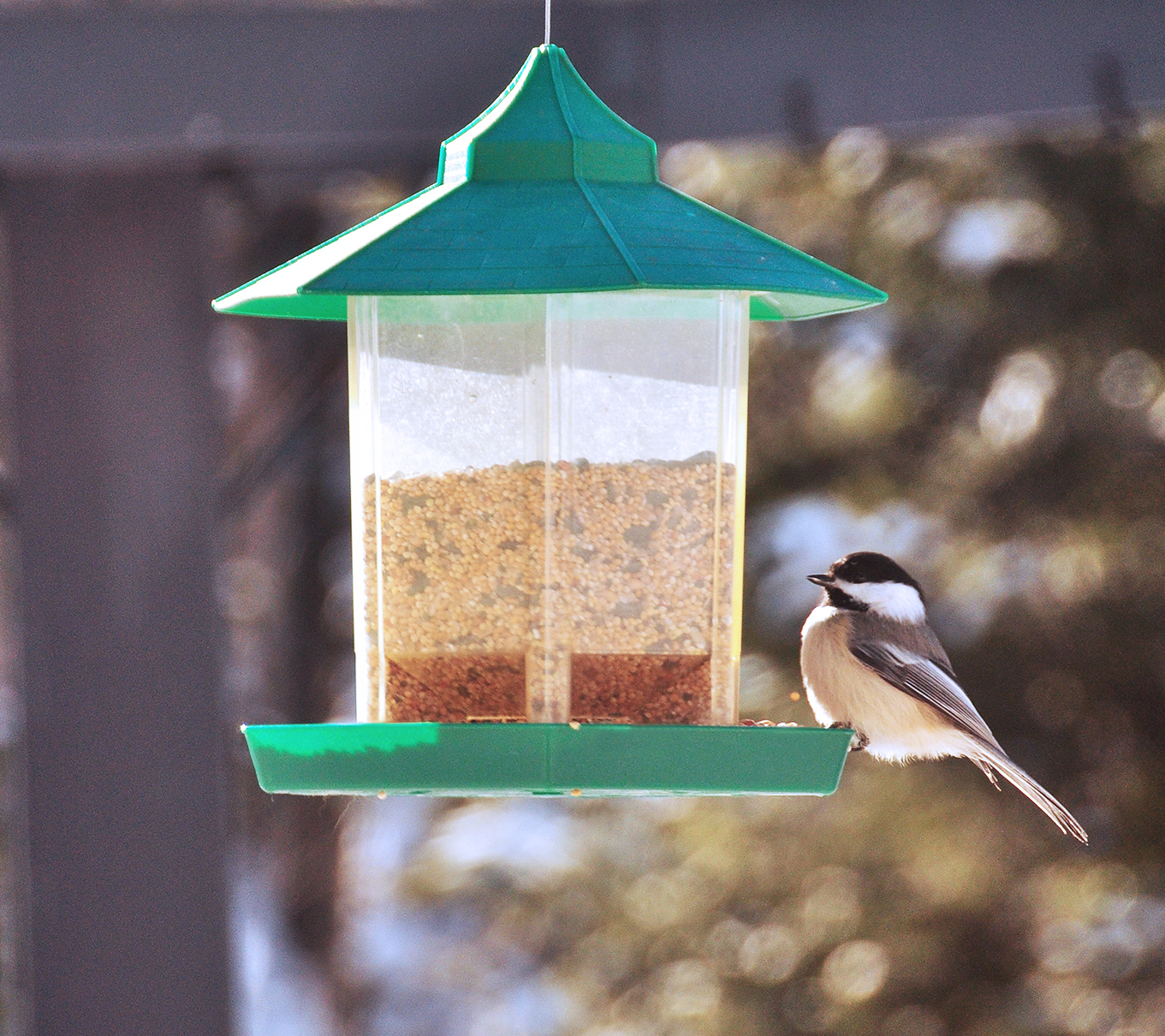Gardening is an activity that people of all ages can enjoy. It brings us closer to nature and offers numerous learning opportunities. Gardening teaches valuable lessons to people of all generations, from planting seeds and maintenance to harvesting (and eating) the fruits of our labor.
Many gardening tasks can be enriching and educational for children of any age. Let’s take a look at how this activity can be enjoyed by even the youngest of generations.
Planting Seeds or Seedlings
One of the simplest yet most rewarding tasks in gardening is planting seeds or seedlings. Children, in particular, can actively participate in this process, which offers an excellent opportunity to learn about plant growth and the importance of proper care and watering.
Involve them in selecting seeds or choosing seedlings from the nursery, and together, prepare the garden soil and sow the seeds. With a kneeling pad and gardening kit, sowing seeds is a comfortable teaching opportunity!
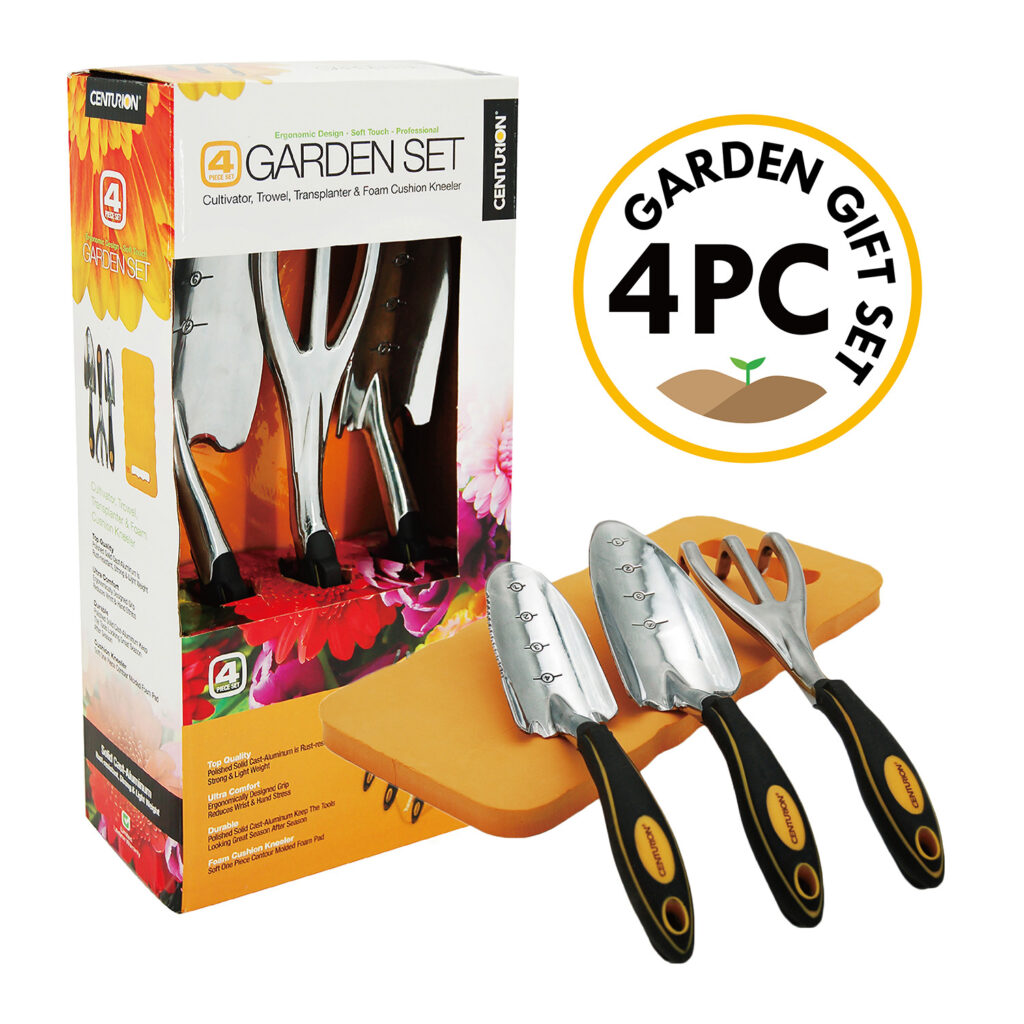


By observing the growth of the plants over time, children can witness firsthand how their efforts contribute to the development of life. This experience fosters a sense of responsibility and nurtures a love for nature.
Weeding
Weeding is another vital aspect of maintaining a healthy garden. Children can play a significant role in this task by helping to remove weeds from the garden beds. Weeding teaches them the importance of keeping the garden clean and free of pests and diseases.
This activity also teaches them the difference between desirable plants vs. weeds and the techniques for gentle removal to avoid damaging the plants they want to keep. There are many options for weeding tools, regardless of the size of your garden or plants. Try out our 5-piece hand tool set, which includes all the necessary tools for weeding. While keeping your hands busy pulling out unwanted plants, this task can be an excellent time for families to bond and engage in meaningful conversations while caring for their garden together.
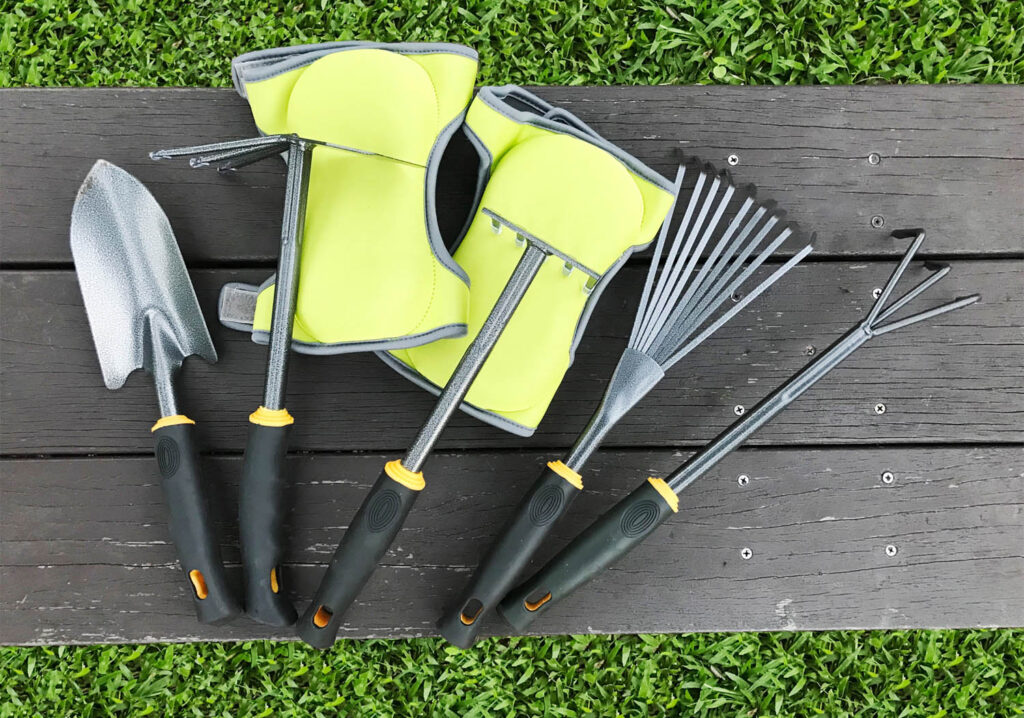
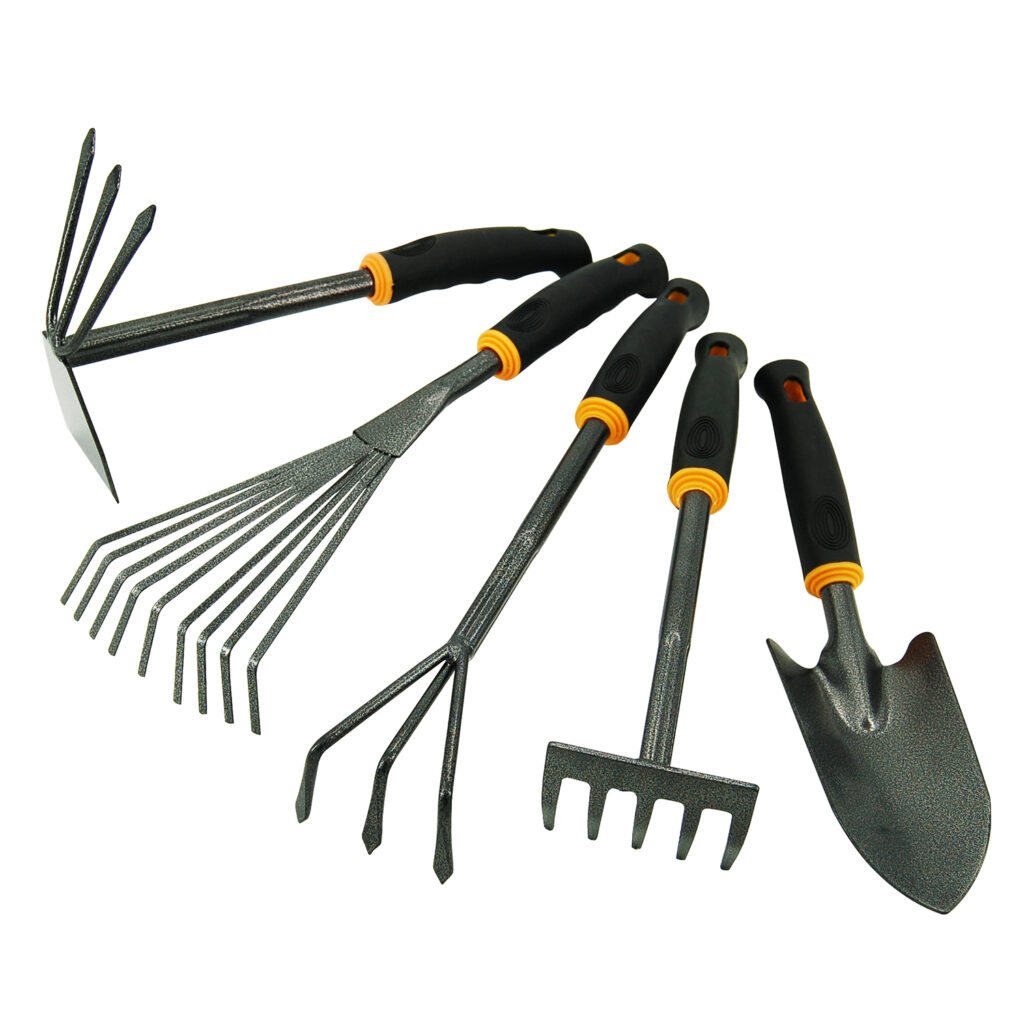
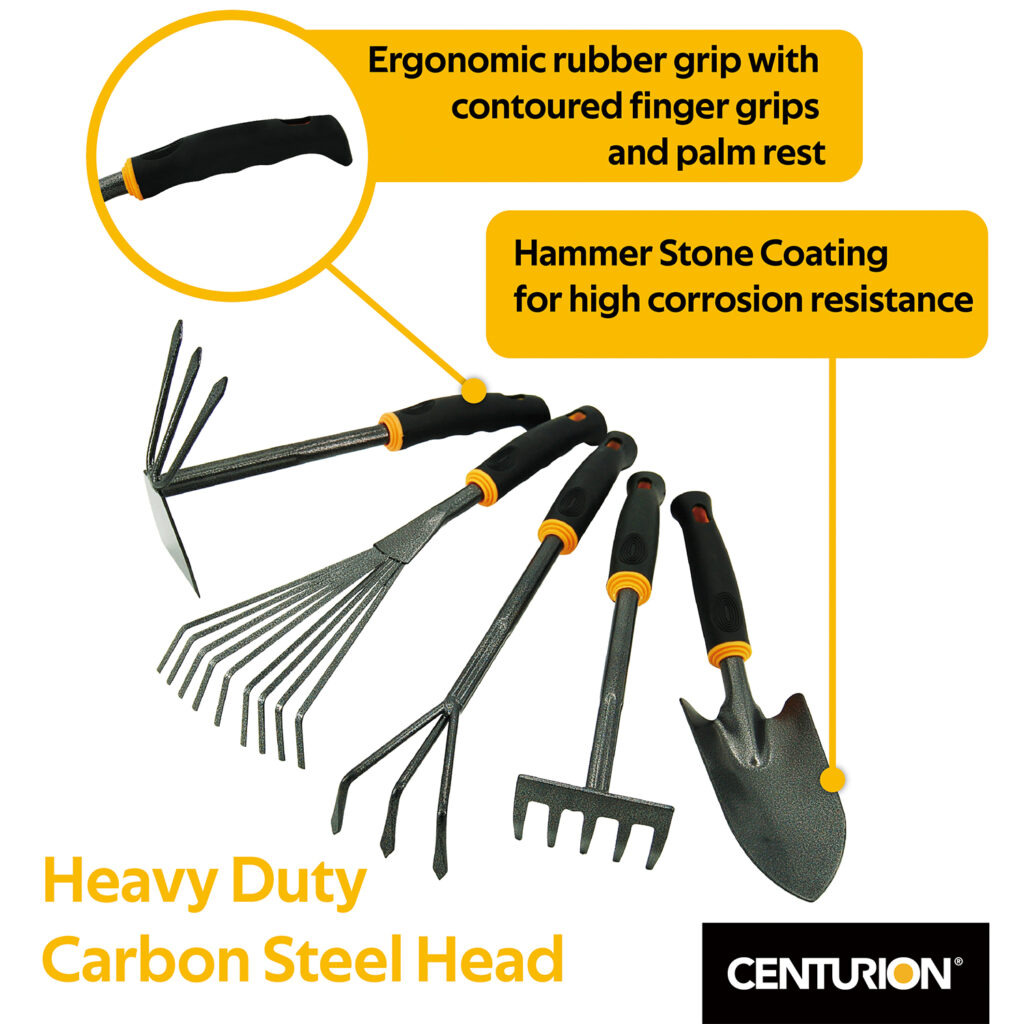
Harvesting
There’s nothing quite as satisfying as harvesting ripe fruits and vegetables from your own garden. Children can actively participate in this stage of gardening, learning about the different types of produce and how to store and use them properly.
Encourage them to pick the ripest tomatoes, pluck strawberries, or harvest leafy greens. Try our collapsible bucket for hands of every size to store the bounty of your harvest. By involving children in the harvest, they can discover the joy of tasting fresh, homegrown produce and develop healthy eating habits.
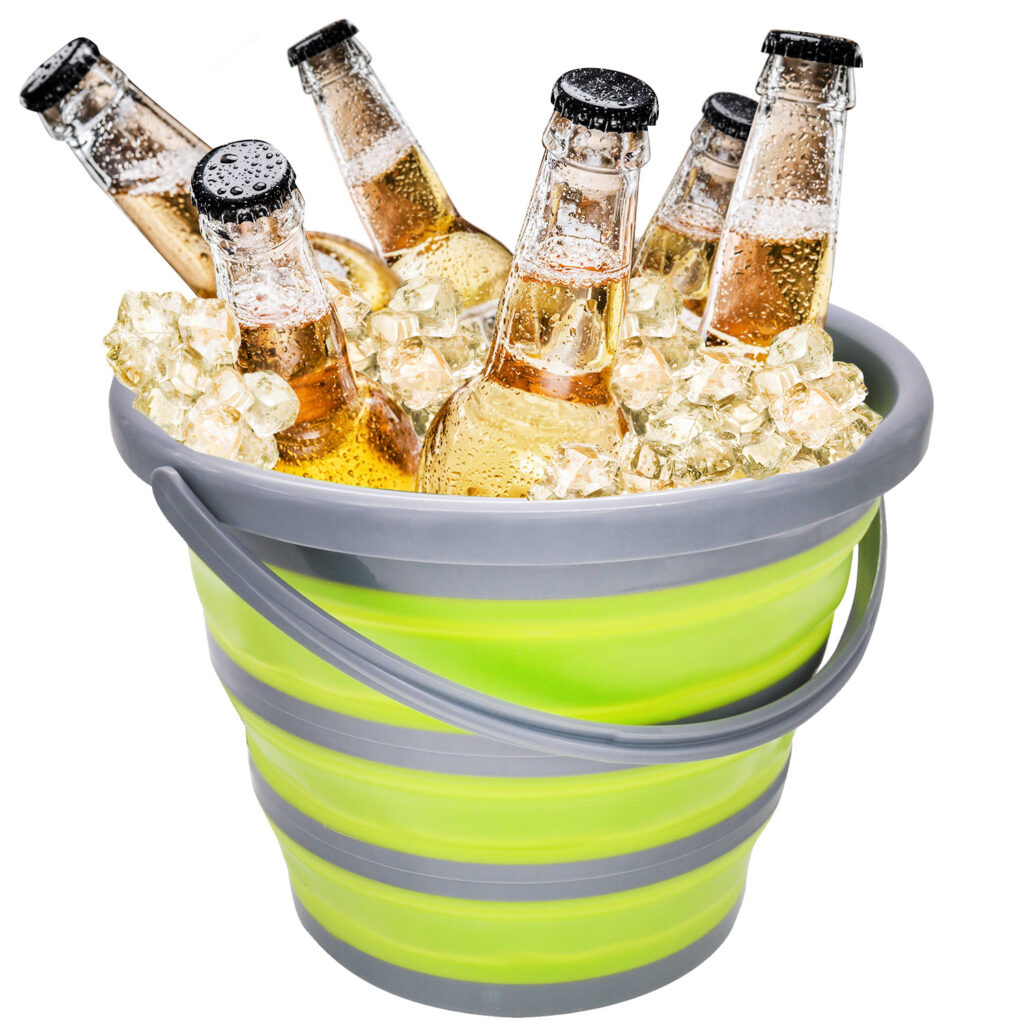
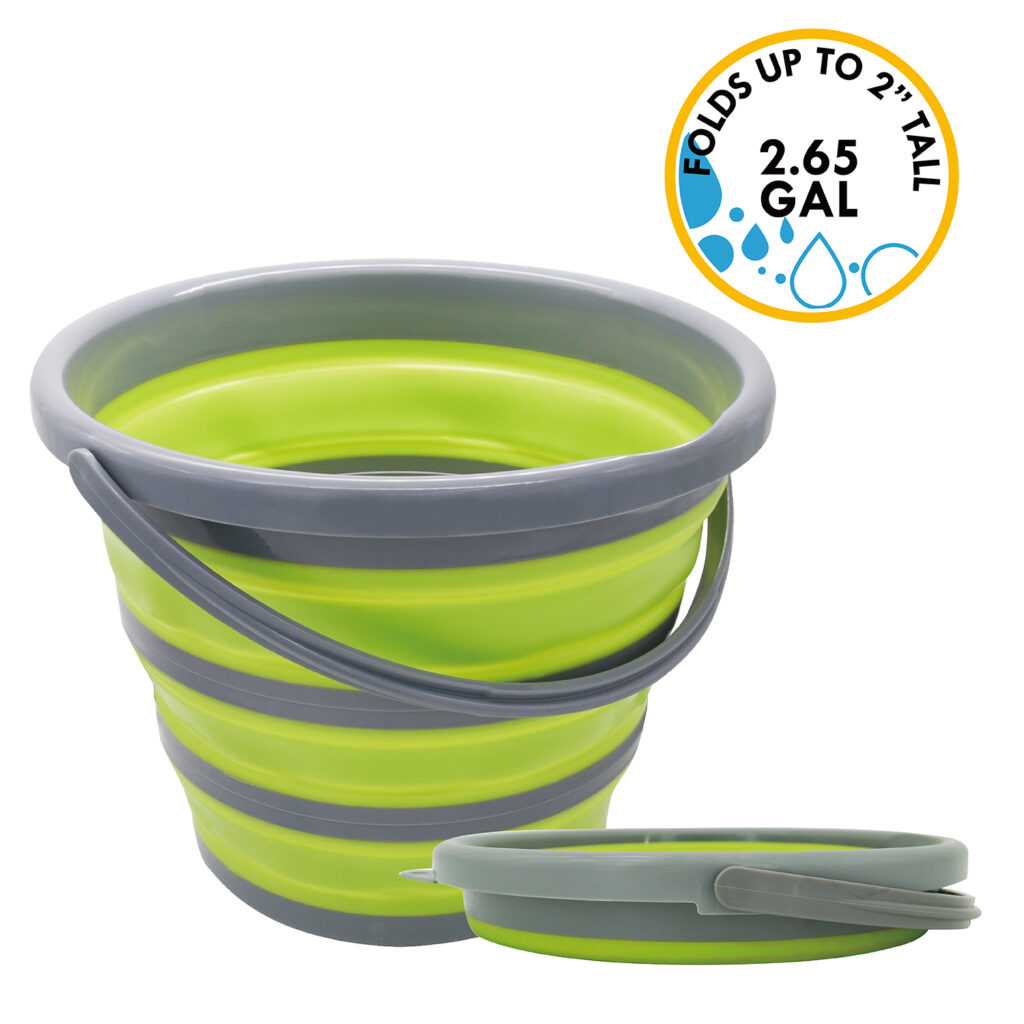
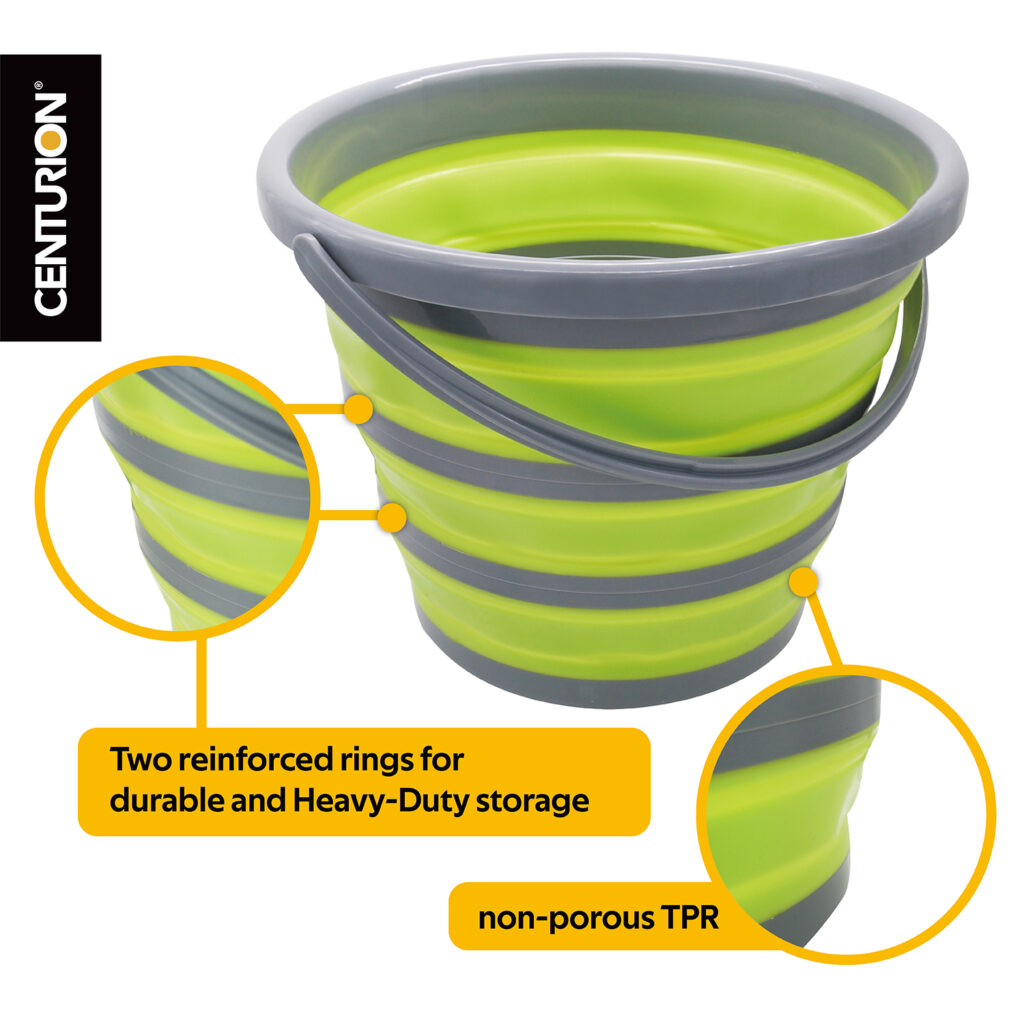
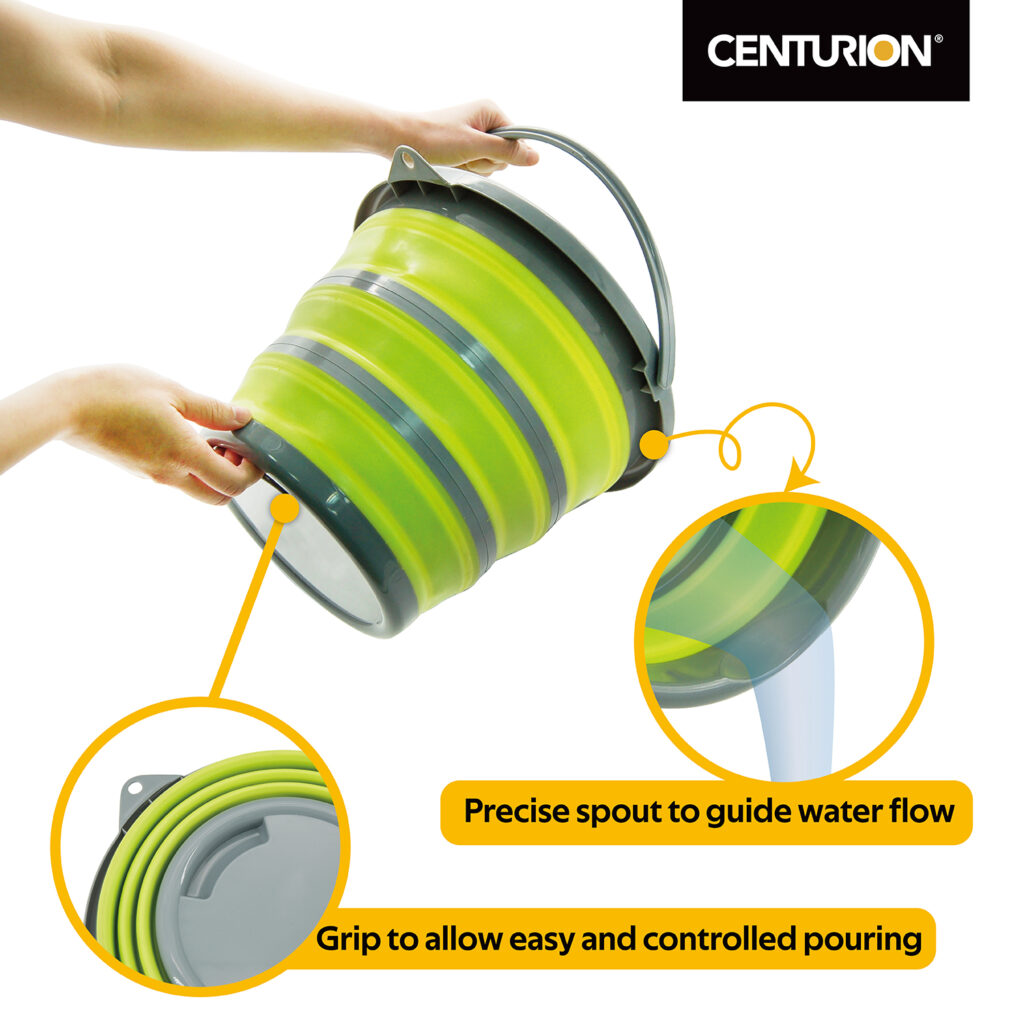
Composting
Composting is an easy, eco-friendly practice that helps reduce waste and create nutrient-rich soil for the garden. It is an excellent opportunity to teach children about recycling organic materials and reducing food waste. Get them involved in collecting kitchen scraps, such as vegetable peels and coffee grounds, and yard waste, like fallen leaves and grass clippings.
Together, create a compost bin or pile and explain the decomposition process. With adult supervision, older children can use a lightweight cutting set to break down larger organic material, such as pruned branches and sticks that are too large. Children will learn about the role of worms and microorganisms in breaking down organic matter, turning it into nutrient-rich compost used to nourish plants.
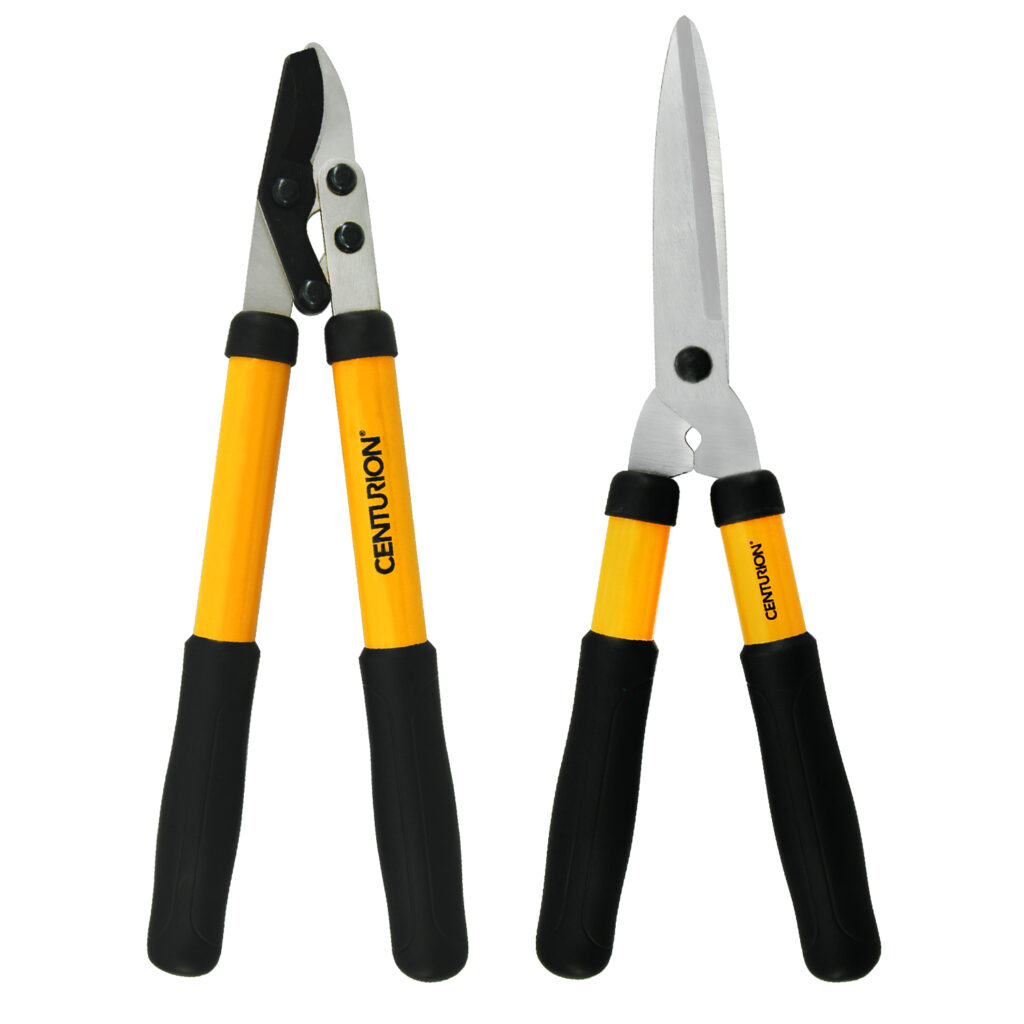
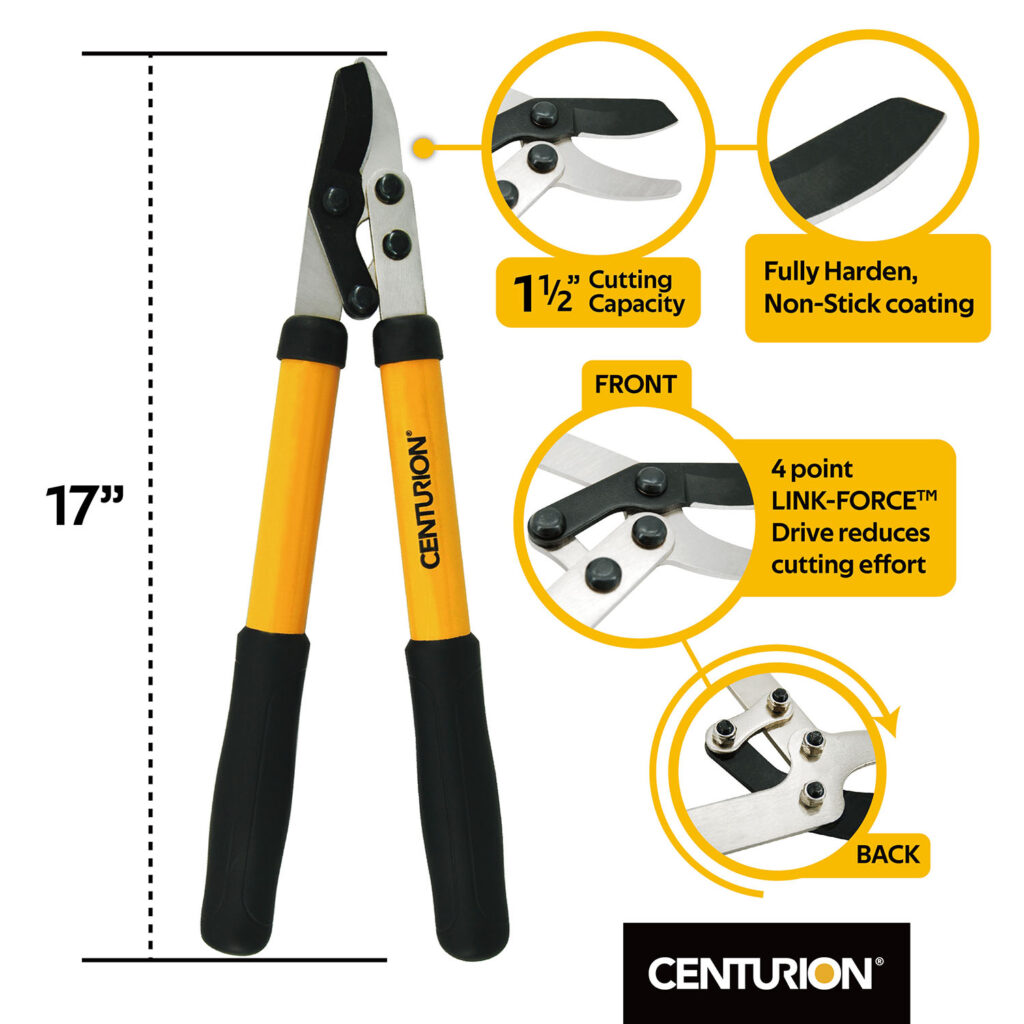
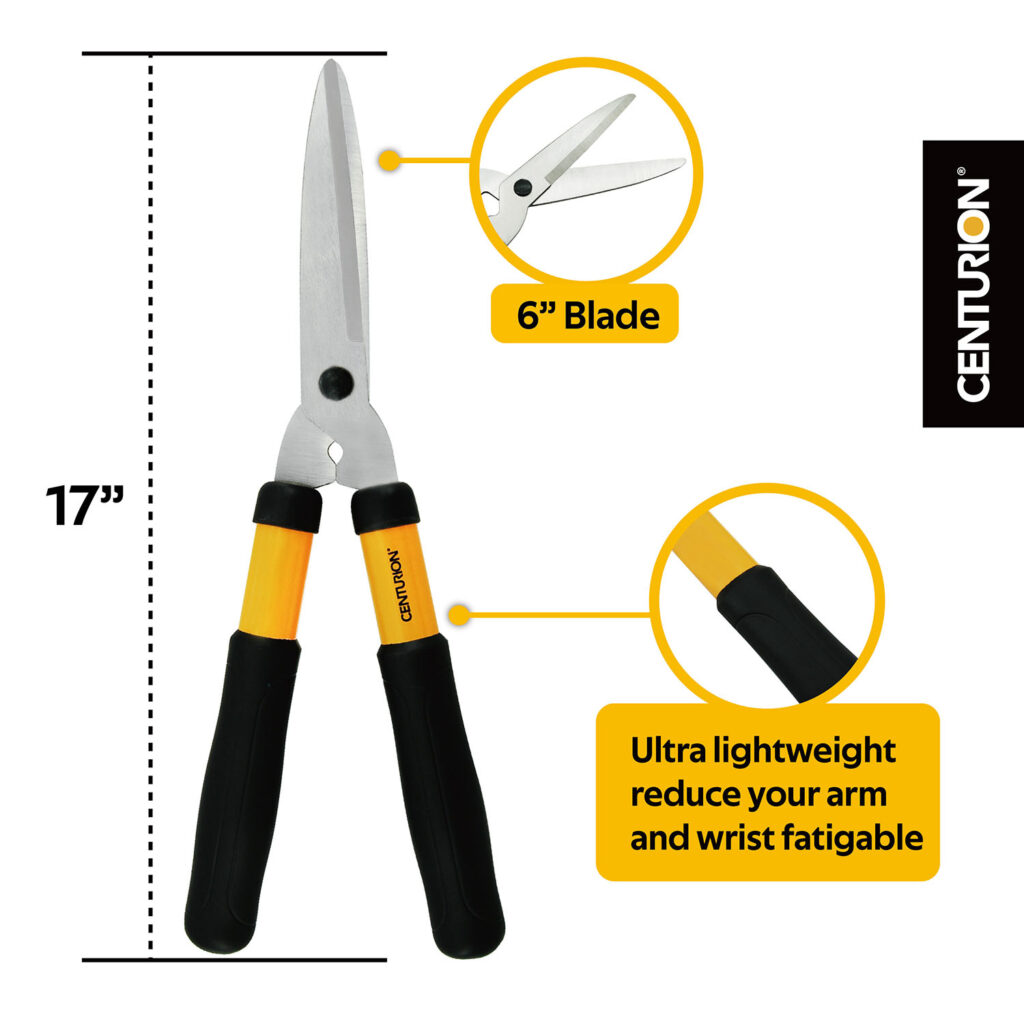
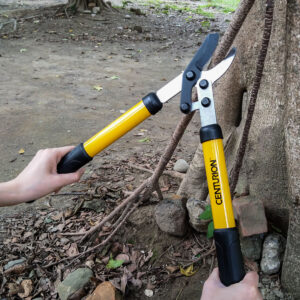
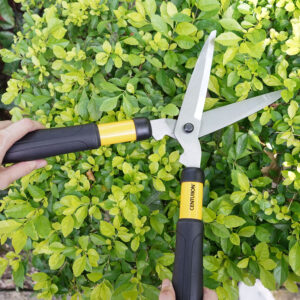
Composting instills environmental awareness and responsibility in children, empowering them to impact the planet positively – starting in their own garden.
Gardening transcends age boundaries, offering many benefits to people of all ages. From enhancing motor skills to fostering a sense of responsibility and environmental stewardship, gardening provides a hands-on educational experience like no other.
Need more inspiration? Check out more gardening tips and tricks on our blog!

